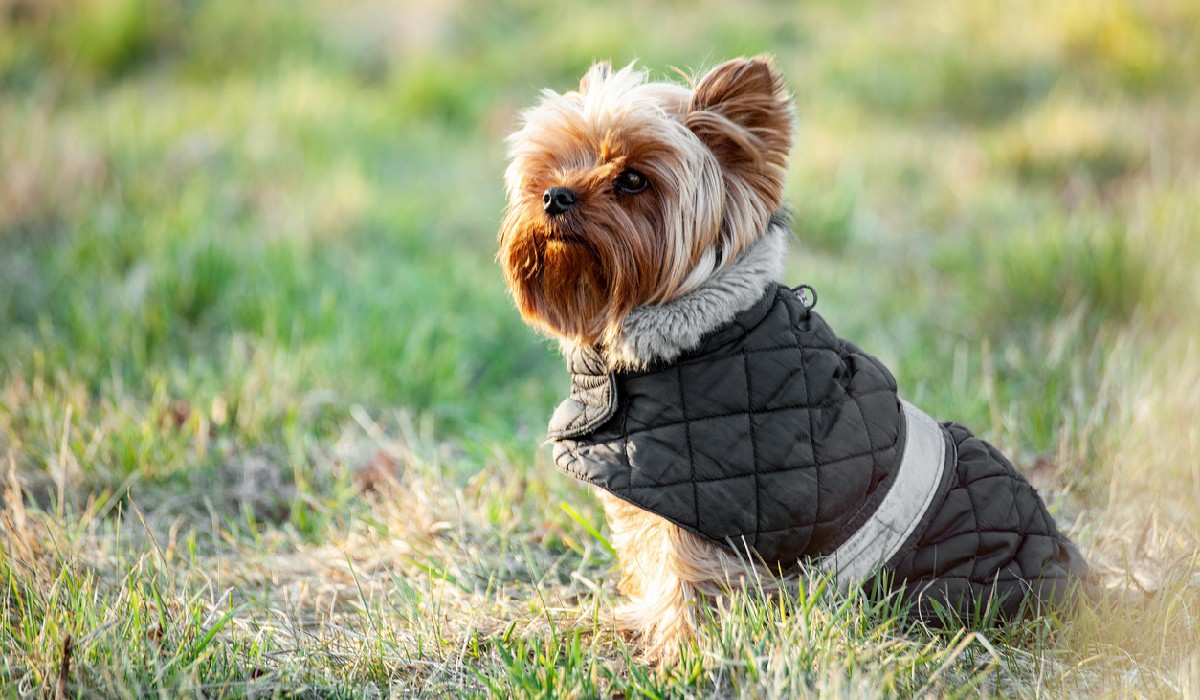Tips for Traveling with an Anxious Pup

Traveling with a dog can be an exciting adventure, but it can also be pretty stressful. If your pup gets anxious on car rides, it’s important to make sure you plan ahead to help them feel safe and relaxed. In this article, we’ll share our best tips for traveling with an anxious pup.
From packing the perfect travel kit to teaching your pup how to relax in the car, we’ve got you covered. We’ll also go over some of the most common dog behaviors you’ll likely encounter during car rides so that you can be prepared and help your pup have the best experience possible. With a little bit of preparation, you can make car rides with your pup much smoother and a lot more enjoyable for the both of you.
Understanding Anxious Pups
Anxiety is a feeling of fear or worry, and it affects all animals differently. When it comes to dogs, anxiety can often lead to destructive behaviors, such as excessive barking, jumping, or even running away. It’s important to recognize the signs of anxiety early on to help your pup cope and better adjust during travel.
The signs of canine anxiety can vary in severity, however, some of the most common include hiding, trembling/shaking, licking their lips or paws excessively, pacing restlessly, or panting heavily. If you notice any of these signs during travel, it’s a good idea to pull over and take a break, giving your pup plenty of comfort and attention.
Anxiety can stem from a variety of things that are unique to individual dogs, but some common causes include loud noises (such as thunderstorms or fireworks), being left alone for too long, or changes in routine or environment. This last trigger is a big one while traveling, but with proper care and planning, you and your dog’s trip can be a success!
Preparing Your Pup For Travel
When preparing your pup for travel, it’s important to establish a routine that will help reduce their anxiety levels and make adjusting to their new environment easier. A few things you can do to create a routine include setting regular meal times and potty breaks, going on daily walks and/or playing together, and giving them plenty of love and attention throughout the day.
It’s also important to make sure that your pup is comfortable when traveling. You can do this by ensuring that they have a safe place to spend the journey, as this can help put them at ease. Additionally, providing familiar items like toys, beds/blankets, and treats/food can be helpful, as these will allow them to latch onto familiar scents.
Travel plans should also allow for some periods of adjustment so that your pup can become familiar with their new environment before continuing with the trip’s activities. Doing this will help lower any potential stress levels associated with being in an unknown place.
During Travel
Bringing a dog crate on your trip is a great way to give your pup their own secure space while also providing some extra safety measures if you have to suddenly brake or an accident occurs while you’re on the road. If you’re using a harness, make sure that it won’t strain your dog’s neck if you go over any bumps.
Once you’ve arrived at your destination, it’s essential to remain calm and patient with your pup while they explore their new environment — no matter how much they might struggle at first! Providing verbal cues and reassuring words when entering unfamiliar places can help distract anxious pups from worrying about unknown people/places while still allowing them the freedom to comfortably explore at their own pace.
Your pup might not want to spend all day traveling around an unfamiliar place, so it’s a good idea to plan some breaks so that they don’t get overwhelmed. Providing ample breaks will allow them time to reset themselves before venturing out again, making traveling much more enjoyable for everyone!
After Arriving at the Destination
Exploring new places allows pups (and owners!) to learn more about their surroundings and develop relationships with unknown people/places along the way. This helps massively in reducing nervousness levels for any future trips you and your pup might go on. Additionally, finding a dog park nearby while on a trip can let your dog explore and get used their new surroundings in a welcoming environment without disturbing anyone who may not be a dog person.
As mentioned previously, owners need to provide comforting items when visiting unfamiliar places (such as beds, blankets, and toys) so that their pup feels at ease while out exploring. You should also make sure that all social encounters (whether with humans or another dog) go smoothly as well. Additionally, dressing your pup in a dog anxiety jacket can help comfort them when faced with unknown people, places, and pups by creating a cozy, secure environment they can relax in.
Conclusion
Traveling with an anxious pup can be stressful and overwhelming, but it doesn’t have to be. By understanding your pup’s anxiety, preparing them for travel, and helping them adjust to new environments, you can help make car rides and trips more enjoyable for both you and your pup. With a little bit of preparation and understanding, you and your pup can have a great time exploring the world together!
